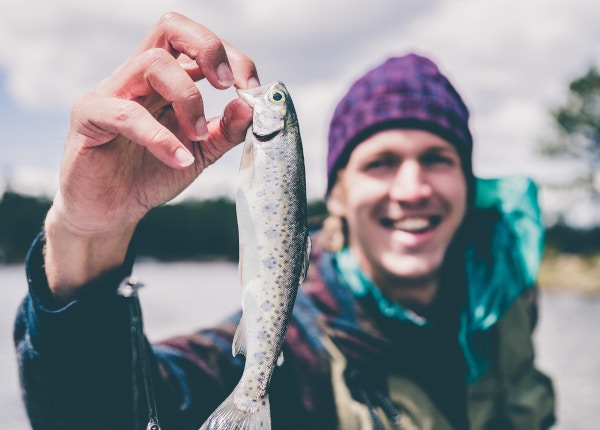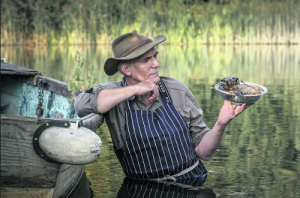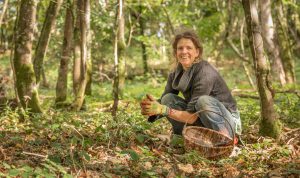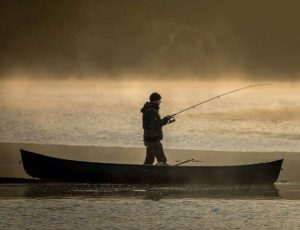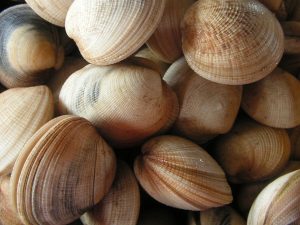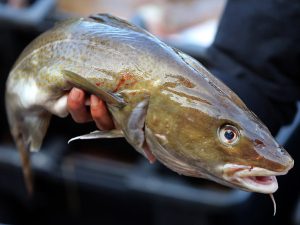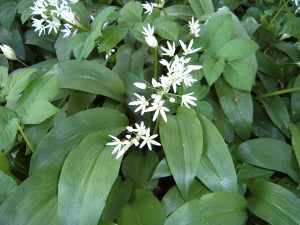Ever fancied fishing for your supper but don’t know where to begin? In Part 2 of her Fishing for Food series, Jessie Watson Brown chats with Charlie Loram about the when and where of starting fishing.
By the banks of the estuary of the River Dart in Devon, I catch Charlie Loram of The Old Way year-long course and he shares some great tips about getting started with fishing. Last month we looked at all the kit you need, but having the right gear doesn’t mean you will catch fish! So, when beginning to fish it’s important to learn when is best to go, and where; how to approach the water, and how to read what is going on beneath the surface.
What time of year should I go fishing?
Between May and autumn is best. In the winter the fish head into deeper water and will come further inshore in the warmer months.
I love the idea of sitting on the rocks on a sunny summer’s day waiting for a bite. What kind of weather conditions are good for fishing?
It’s actually not such a good time to fish if it’s sunny. Fish want to hide from the glare of the sun – and the predators that can see them more clearly in the light – so in brighter weather they will go deeper and further from shore.
The best weather is duller and cloudy, as they will be feeding more and be less worried about predators being able to see them. Fish that are feeding are more likely to take a bite of your bait. A breeze rippling the surface is helpful too. The rain can disguise you, but they tend to stay lower during rain, it is thought it annoys them!

A perfect cloudy day for some rock fishing.
And what about the tides – what do I need to know about the tides?
Roughly every day there are two high tides and two low tides. Every seven days or so there is either a spring tide or neap tide. That has nothing to do with the seasons, but refers to the tide ‘springing’ up. During a spring tide there is the greatest tidal range, so it goes the lowest and the highest. A neap tide has the lowest tidal range. These phenomenon are guided by full and new moons.
It’s really important to learn how the tides work on your particular bit of coast. What features are there that impact the tides? For example, if you are on the south coast of Britain, the Channel means the tide rises and falls with a side current as the water surges in and out of the Channel.
How does the tide affect the fish?
It’s important to think about what the fish are eating, and how they might use the tide to help them feed. Small creatures living in sand and mud wait underneath during low tide, and an incoming tide will cover them with water so they come out to feed. The fish that eat these will also come to feed with the rising tide.
Fish may also be found hiding from strong currents, or, alternatively, swept along by currents. After a storm many more fish will have been swept nearer the shore.

What about locations, where should I go to fish?
As a beginner, I really recommend you start with something like mackerel fishing from rocks or a boat. Ask around local fishing people or tackle shops to find good spots. Rocks on the coastline mean you have access to deep water where the mackerel feed, rather than casting from a beach where the land slopes away gradually.
It’s also really worth thinking about where the fish will be. Fishing requires you to look at the water in a whole new light. Generally people just look at the surface, but when fishing you need to see the water as the 3D landscape that it is – with features and open spaces. And then to understand how this impacts the fish. Are they using a pier or rocks to shelter from the currents? Or is there a highway where they can ride the tides? Look for features where fish might find food and be feeding.
Ask in local tackle shops or online fishing forums for good spots local to you – there will be some favourite locations that people go to.
What are the main safety concerns I should be aware of when heading out to fish?
Probably the most risky fishing is that from rocks. It’s best to avoid it during stormy weather, as wave surges can sweep you off the rocks and out to sea. Plus they become slippery in the wet.
Be careful not to get stuck in mud in tidal areas of estuaries. Be really aware of the tide, and your way off the coast, and make sure you don’t get cut off by an incoming tide. Always tell someone where you are going and when you will be back, and heading out with a companion is always a good idea. Take a phone with you too.

Even though you’ve explained all this – I feel it would be really helpful to have someone show me what to do! Where do I find people to teach me the practicals?
There are a few ways. One is that you could simply head to a beach and set up fishing near (but not too close) to someone who looks like they know what they are doing – and after a few hours of fruitless casting, head over and ask for some tips. You could also go on a course or hire a fishing guide.
 About the author
About the author
Jessie Watson Brown is a tanner and basket weaver, making and crafting using natural materials. Jessie is based on Dartmoor, and along with Jane Robertson, offers courses and camps in tanning at Oak and Smoke Tannery. She looks after the Nature section of our website.

